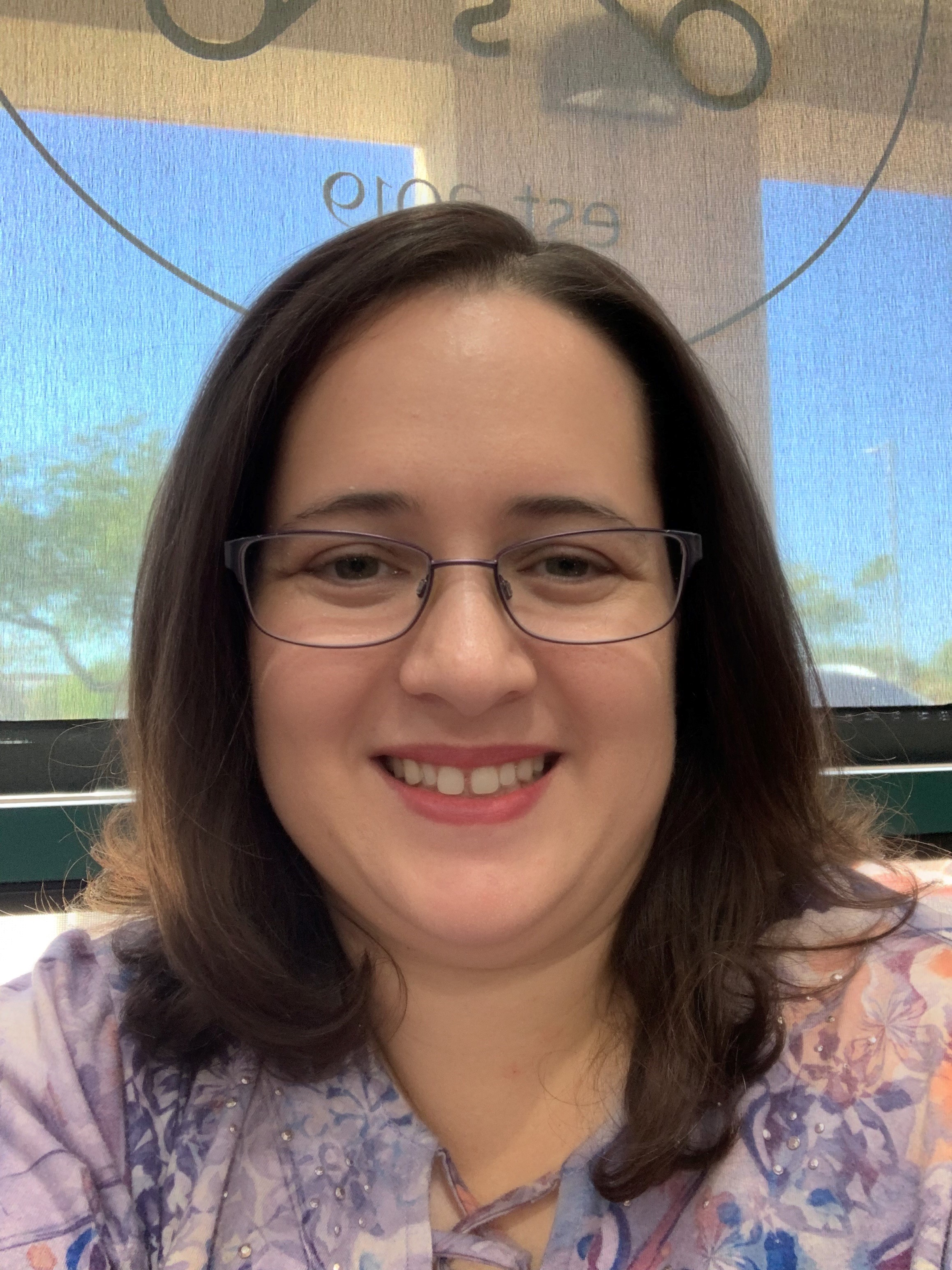People First, Tools Second with James Gilchrist

Compassionate, human-centered learning design sounds soft until you see what it does to performance. When projects stall, it is rarely because the storyboard was weak or the platform missed a feature; it is because the learning was dropped into an environment full of competing priorities, siloed communication, and fuzzy leadership signals. In our conversation with James Gilchrist, founder of Lighthouse LD Consulting, we trace a career that began in the arts and matured into a practice where presence, narrative, and connection are the engine of change. James describes how acting and music trained him to read a room, craft a clear story, and stay fully present—capabilities that transfer directly into instructional design and leadership. Those “lightbulb moments” we all chase don’t arise from slides alone; they emerge when learners feel seen, the goal is clear, and the context supports practice. That shift from information to internalization is the heartbeat of real performance, and it only happens when people come first and tools follow.
Putting people first starts with resisting a seductive trap: over-investing in tools. Tools matter, but the most elegant build will fail inside a misaligned system. James shares a program that checked every design box yet stumbled until he paused and mapped the competing initiatives pulling learners away. Once stakeholders named the conflicts and reconciled priorities, engagement rose without changing the content. The lesson is blunt: the environment beats the deliverable. This is why needs analysis is sacred. Skip it, and you’ll implement a polished solution to the wrong problem. Use it well, and you expose whether the gap is organizational, cultural, or skill-based. Pair that with stakeholder alignment and you create the preconditions for success: clear outcomes, shared definitions of “done,” and space for iteration. The designer’s job is not to accept a request at face value, but to ask what will people be able to do differently when this works—and then co-design the conditions that make that outcome likely.
Authenticity becomes a practical strategy when leaders adopt the three C’s: create opportunities, clear obstacles, and communicate transparently—with compassion. Creating opportunities means setting outcomes and giving people room to own the path, so they bring their judgment and strengths to the work. Clearing obstacles is deceptively simple: ask “What’s in your way?” and remove it. When a leader eliminates even one blocker per person, pace and morale jump because progress becomes a daily reality. Transparent communication fills the context gap most teams feel. Explain constraints, share what you can about decisions-in-process, and speak plainly about tradeoffs. As James notes, consistency over time builds trust; trust expands influence; and influence accelerates pivots when the business demands change. You can’t drop a new ritual in a crisis and expect faith. You seed trust with steady, small behaviors so that when the time comes, the team moves together.
Culture repeatedly outperforms tooling. James calls out three recurring patterns behind performance gaps: conflicting initiatives that cannibalize focus, siloed communication that hides dependencies, and top-down mindsets that strip agency. These are human problems, which is good news because human problems are solvable. Shift cadence from task-by-task oversight to blockers-only check-ins paired with a shared definition of “done,” and watch micromanagement evaporate. Replace attachment to a project or platform with commitment to how the team operates, and you make change survivable. When the target moves—as it will with technology—teams anchored in their operating system adapt faster. Measure team outcomes and health as seriously as delivery milestones, and you reward the behaviors that future-proof your org. If you must pick a metric to start, track time-to-unblock and the rate of decisions made at the right level; both correlate with speed and quality.
For new or transitioning instructional designers, James recommends building three muscles: needs analysis, stakeholder alignment, and iteration. Learn to ask questions you do not already know the answers to. Invite people “closer to the ground” into scoping meetings because they see the hidden constraints. Claim agency to shape the room: propose attendees, frame outcomes, and surface risks early. Treat your first draft as a probe, not a promise. Iterate visibly and detach from your favorite solution so you can marry the outcome instead. Above all, stop acting like an order taker. When someone asks for a course, respond with, “What will people do differently when this works?” That pivot—from content provider to performance partner—changes how leaders see you and how learners experience your work.
📢 Call-to-Action: I’d love to continue this conversation with you. You can connect with me directly on my personal LinkedIn profile here: James’ LinkedIn Page, where I share ideas on leadership, learning, and authenticity in the workplace. You can also follow my Lighthouse L&D Consulting LinkedIn page for updates, resources, and insights from my consulting work.
Photo by Rebrand Cities: https://www.pexels.com/photo/man-and-woman-smiling-inside-building-1367269/


